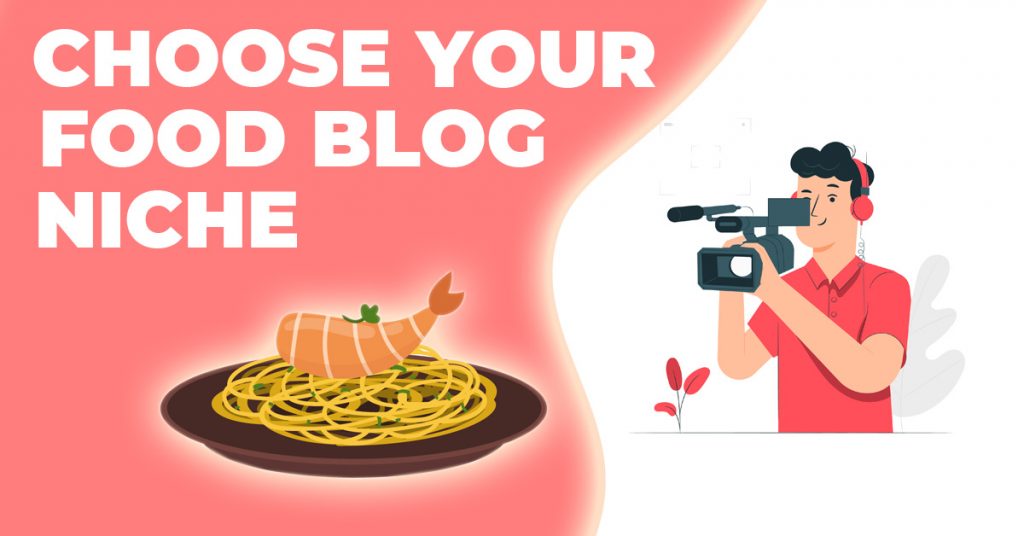Food Blog: A Step by Step Guide To Begin
Starting a food blog is not an easy task, especially in technical aspects. In addition, numerous aspects make you feel overwhelmed when you start your food blog. However, if you are passionate about food and enjoy cooking, it will be easier with some dedication and guidance.
Here’s a guide on how to start your food blog:
1. Choose your food blog niche and name.

First, you have to be very specific about your blog niche. If your site is too broad, it could appeal to a somewhat larger audience, but the huge competition will be challenging. By narrowing yourself down to a particular niche, you will compete with just a few blogs rather than the whole internet.
Also, make sure your name is descriptive, outstanding, short, and easy to write. Wisely, a well-thought name will make your branding and marketing tasks a lot easier.
2. Find a reliable blogging platform.
You need a trustworthy blogging platform known as a content management system (CMS). The best place to start a blog is through a CMS to manage, publish, edit and organize visual and written content online.
There are a lot of blogging platforms available like WordPress.org, but regardless of whether you are interested in WordPress.org or other platforms, there are two options to choose from:
Free web hosting
Good examples of free web hosting platforms are WordPress.com and Blogger.com. Both platforms offer everything you need to start your blog for the first time. On the other hand, some downsides do exist and free versions are restricted while you have access to free themes and gadgets.
Open-source self-hosted blog
The best option is to set up your cooking at a self-hosted blog setup. You can easily download WordPress, change it, and adapt your blog to reflect your vision. Next, you now have to decide two essential things if you decide on a self-hosted WordPress blog: your domain name and your web hosting provider.
3. Choose a web hosting provider.
Web hosting providers are enterprises that have access to your cooking blog online. In addition, they provide servers and data centers and maintain an internet connection to your blog. WordPress.org recommends Bluehost for the best web hosting provider.
4. Install WordPress
When you purchase a hosting plan shared by Bluehost, WordPress is automatically installed on your website. Bluehost provides you with a simple process to help you build the food blog after you log in to the account.
5. Install a WordPress theme
Your WordPress theme determines your site’s look and feels, so select your theme wisely. In the same way, when selecting a theme, these points must be considered:
- Well-designed
- Responsive
- Optimized for search results
- User-friendly
- Backed by great support
6. Install WordPress plugins
Your food blog is just a simple static page without the right plugins. Hence, it would be best if you had plugins to improve your job involvement, improve SEO, improve site speed and add contact forms. Here are the recommended WordPress plugins for food blogs:
- Akismet
- Tasty Recipes
- jQuery Pin It Button For Images
- Share Buttons of some sort
- Subscribe To Comments Reloaded
- Yoast SEO
7. Promote your food blog
Your new food blog is ready to start publishing posts. Moreover, it is time for you to build your audience once you have created your blog and began publishing. On the other hand, People won’t stumble on your food website alone, so your blog will need to be promoted.
Food blogging is indeed viral today, and for anyone with a passion for it. Also, it can be a thrilling and profitable undertaking. It needs effort, dedication, and commitment, but it can also be worthwhile. Therefore, try it now, and see where you will be on your blog.